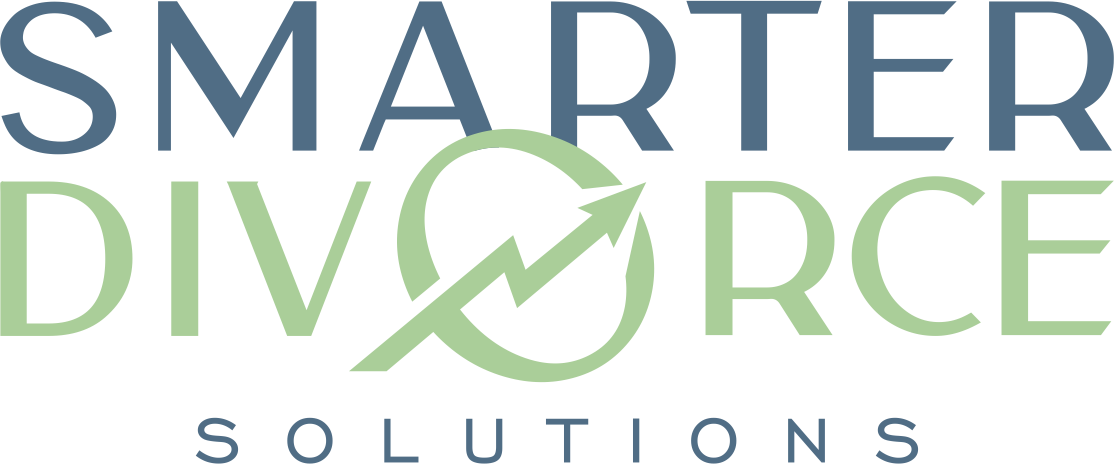Have you ever wondered if your spouse has actually disclosed all the assets?
Here’s a quick, easy way to make sure that you’re not missing out on accounts that have been “accidentally forgotten”. The good ol’ W-2! Pay very close attention to Box 12. Box 12 will tell you if there is a 401k, a Roth IRA, an executive compensation account including stock options or restricted stock and even a deferred compensation account. Here are the codes and their definitions and I’ve highlighted the ones that are especially important in divorce.
- Aand B: Uncollected social security and Medicare tax on tips. This amount represents the social security and Medicare tax on the tips you reported to your employer.
- C:Taxable cost of group-term life insurance. You received group-term life insurance valued at more than $50,000 from your employer. The amount is also reported as taxable wages in Boxes 1, 3 and 5 of your W-2 and appears in Box 12 for your information only.
- D, E, F, G, S, and H:These codes give you information about contributions to your retirement plan at work, and they are for your information only:
- D:401(k) plan
- E:403(b) plan
- F:408(k)(6) plan
- G:457(b) plan
- S:408(p) salary reduction SIMPLE retirement account
- H:501(c)(18)(D) plan
- J:You received non-taxable sick pay.
- K:Excise tax for excess golden parachute payments. If you have this code on your W-2, you cannot file a Form 1040EZ.
- L:Your employer reimbursed you for employee business expenses that you paid out of your own pocket and the amount you received as a reimbursement is greater than the amount you actually spent.
- Mand N: Uncollected social security and Medicare tax on group-term life insurance. If your employer pays for life insurance for you, you have to pay tax on premiums for the life insurance coverage that is in excess of $50,000. The amount of the excess premiums are included in Box 1 of your Form W-2, so you’ll pay income tax on them when you file your return. Your employer didn’t withhold any social security or Medicare taxes on the amount, so you cannot file a Form 1040EZ.
- P:Exclusionary moving expense reimbursements. This amount isn’t included in your income in Box 1. If you deduct moving expenses, you can’t deduct the expenses for which you’ve been reimbursed. If you have this code on your W -2, you cannot file a Form 1040EZ.
- R:Your employer made contributions to an Archer MSA (medical savings account) for you. If you have to pay tax on any of the contributions, the amount is already included in Box 1 of your W-2. If you have this code on your W-2, you cannot file a Form 1040EZ.
- T:Employer-provided adoption benefits. We transfer this amount to Form 8839, Qualified Adoption Expenses, for you. If you have this code on your W-2, you cannot file a Form 1040EZ.
- V:Your income from the exercise of non-statutory stock options. This amount is included in Box 1 of your W-2. This is a big one! Get statements on that account!
- W:Employer contributions (including amounts the employee elected to contribute using a section 125 (cafeteria) plan) to your health savings account. Reported on Form 8889, Health Savings Accounts (HSAs).
- Y:Deferrals under section 409(A) on an nonqualified deferred compensation plan.
- Z:Income under section 409(A) on a nonqualified deferred compensation plan. This amount is also included in Box 1.
- AA:Designated Roth contributions under a section 401(k) plan.
- BB:Designated Roth contributions under a section 403(b) plan.
- DD:Cost of employer sponsored health coverage. More info
- EE:Designated Roth contributions under governmental section 457(b) plan. This amount does not apply to contributions under a tax-exempt organization section 457(b) plan.
If you see ANY of these codes, there is MORE information to get and frankly it can be pretty complicated. This is the type of think that a CDFA specializes in and can ensure that all your bases are covered. Find a good one in your area to add to your divorce team at www.InstituteDFA.com.






